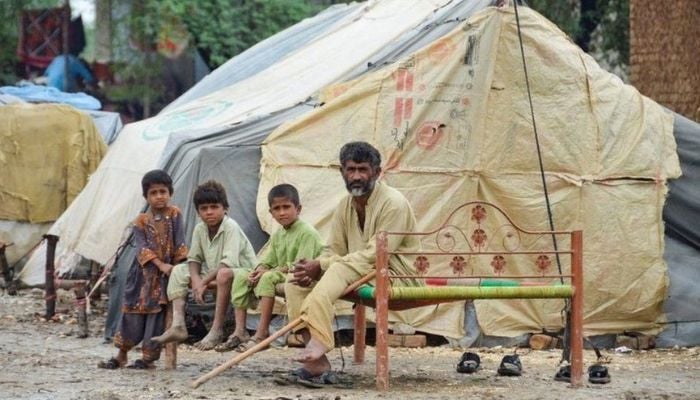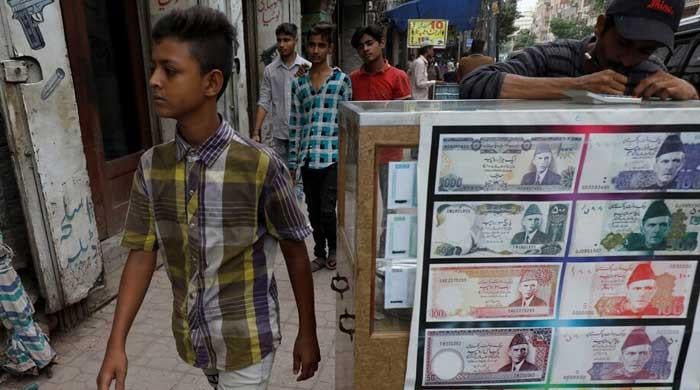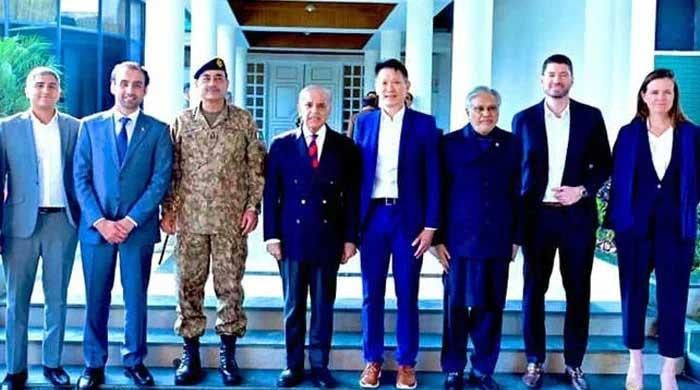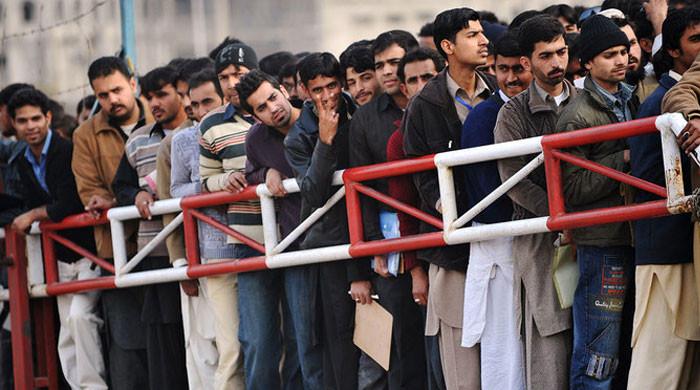Effective coordination during a disaster matters. Here is why
Out of the 33 million people affected, 1.9% are now living in shelters and camps set up by the government
September 07, 2022

As per the official report by the National Disaster Management Authority (NDMA), dated September 5, a total of 33,046,329 people have been affected by the floods and heavy rains, while 1,325 people have died and 12,703 are injured.
Out of 33 million people affected, 1.9% are now living in shelters and camps set up by the government.
Out of the total dead, 44.2 % are men, 19.92 % women and a staggering 35% are children.
Of the millions of homes damaged, partially or completely, 87.46% are in Sindh alone. Of the 750,481 livestock killed since mid-June, the most, 66% are in Balochistan and 27% in Punjab. The damage is enormous and no one province has been sheltered from it.
For now, post the floods, any disaster management would boil down to two major aspects: timeliness and coordination.
As per the United Nations Office for the Coordination of Humanitarian Affairs (OCHA), humanitarian coordination involves bringing together humanitarian actors, to ensure a coherent and principled response to emergencies. The aim is to assist people when they most need relief or protection.
Pakistan’s disaster management regime took its shape in 2005 after a devastating earthquake.
The Earthquake Relief and Rehabilitation Authority (ERRA) did a commendable job by bringing government institutions, civil society, and international donors systemically on a proverbial single table. The idea behind the creation of ERRA was to bring all efforts and activities, pertaining to post-disaster damage assessment, reconstruction and rehabilitation in the affected areas, under one umbrella.
Disaster managers know well that the absence of effective coordination can lead to many problems, such as duplication of efforts, exclusion of marginalized groups, wastage of resources and repetition of not-so-good-practices.
Coordination involves assessing situations and needs; agreeing on common priorities; developing common strategies to address issues such as negotiating access, mobilizing funding and other resources; clarifying consistent public messaging; and monitoring progress. By virtue of its colossal scale, the floods this year need institutional arrangements for much desired coordination.
Good coordination also means less gaps and overlaps in the assistance delivered by humanitarian organizations.
It is important to highlight here that ERRA had intervened in 12 different sectors to provide people assistance, including in housing, livelihood, social protection, health, education, water and sanitation, governance, power generation, telecommunication, tourism and transportation. To handle the current flood there is an urgent need to identify the sectors that need to be worked on.
After which, clusters of coordination need to be set up. Clusters are groups of humanitarian organizations, both UN and non-UN, in each of the main sectors of humanitarian action, e.g. water, health and logistics. They are designated by the Inter-Agency Standing Committee (IASC) and have clear responsibilities for coordination.
Inter-cluster coordination is a cooperative effort among sectors/clusters to achieve common objectives, avoiding duplication and ensuring areas of need are prioritized.
Moreover, inter-cluster coordination takes place at the national and provincial levels, to coordinate the implementation of the response at each step of the humanitarian program cycle.
Established under the National Disaster Management Act, 2010, the NDMA is the lead agency at the federal level to deal with a whole spectrum of disasters. It is the executive arm of the National Disaster Management Commission (NDMC).
In the event of a disaster, all stakeholders including government ministries or departments and organizations, armed forces, INGOs, NGOs and UN agencies work with the NDMA to conduct one window operations.
Hence, NDMA, with the help of UN bodies, can provide an overall strategic direction to the humanitarian community, while inter-cluster coordination can provide a platform for clusters to work together for fiscal and operational efficiency.
The floods are a human catastrophe of unmanageable proportions. If not handled scientifically and swiftly it will leave its indelible impressions on the social, economic and political life of Pakistan.
If history could be a guide here, the aftermath of Cyclone Bhola (1970) still reverberates and if the policymakers do not expand the space for humanitarian action and organizations, these floods have every potential to plunge the country into crisis.
Raza is a Karachi-based academic and a board member of the Urban Resource Centre (URC). He can be reached at [email protected]









